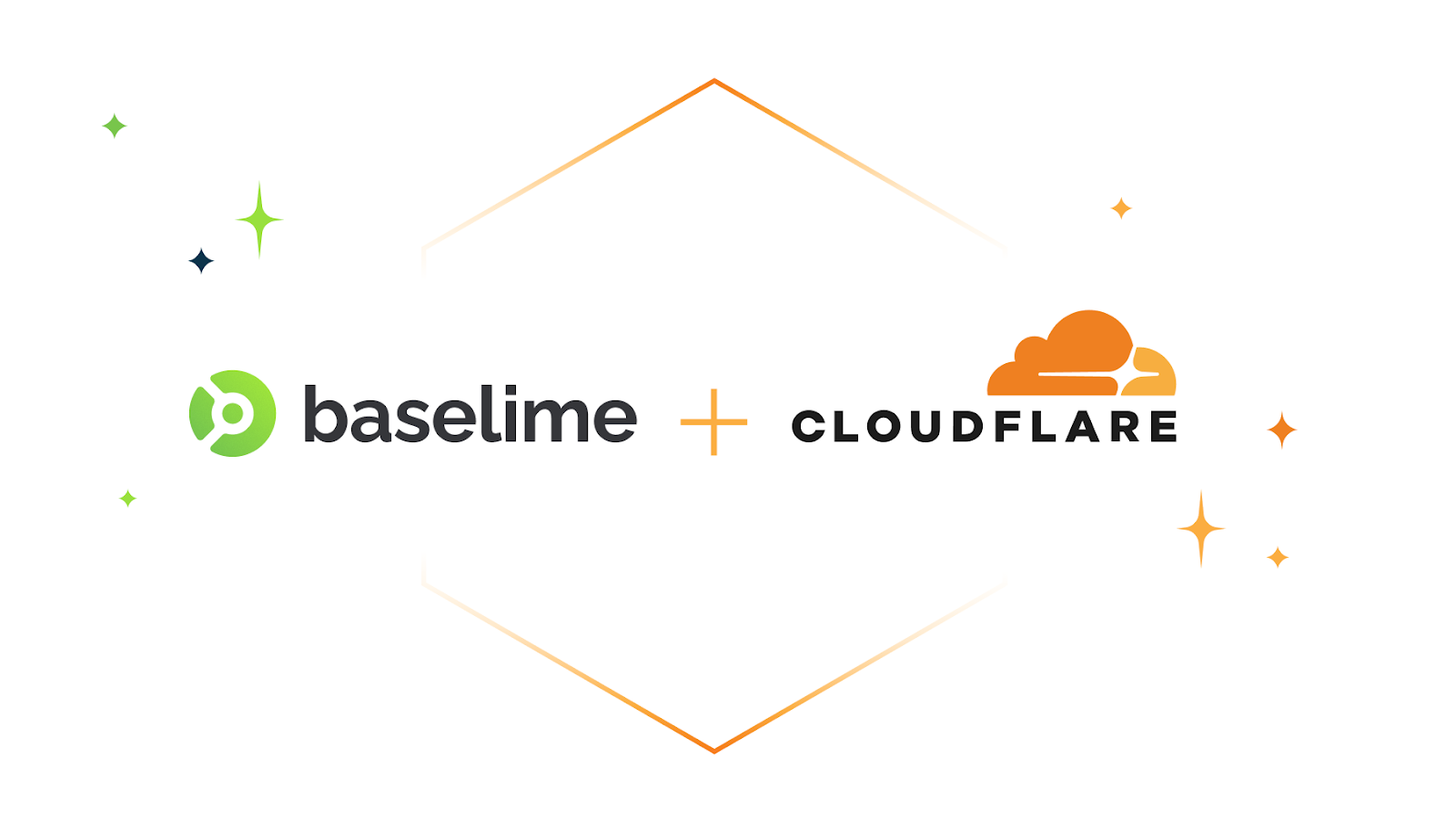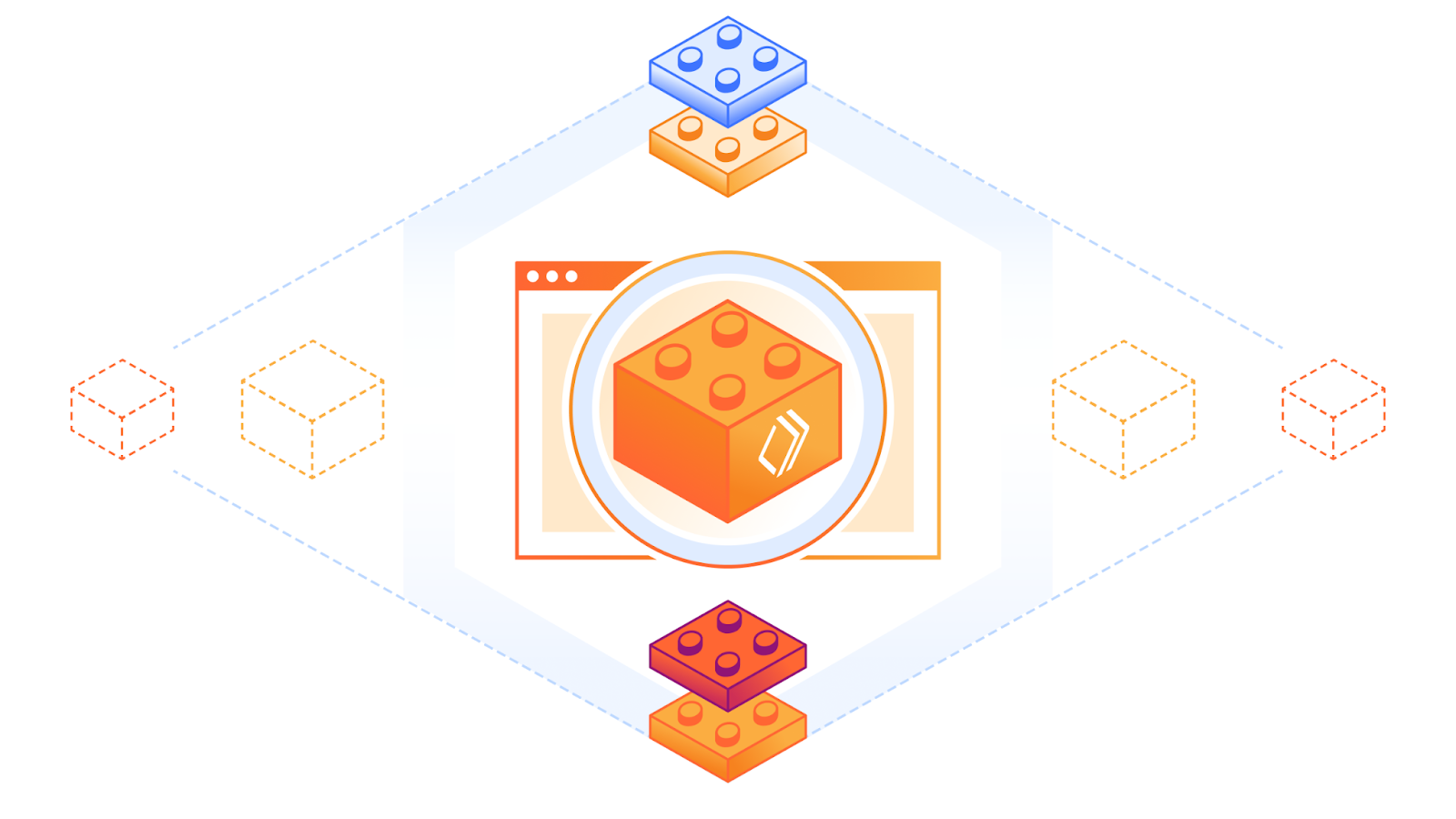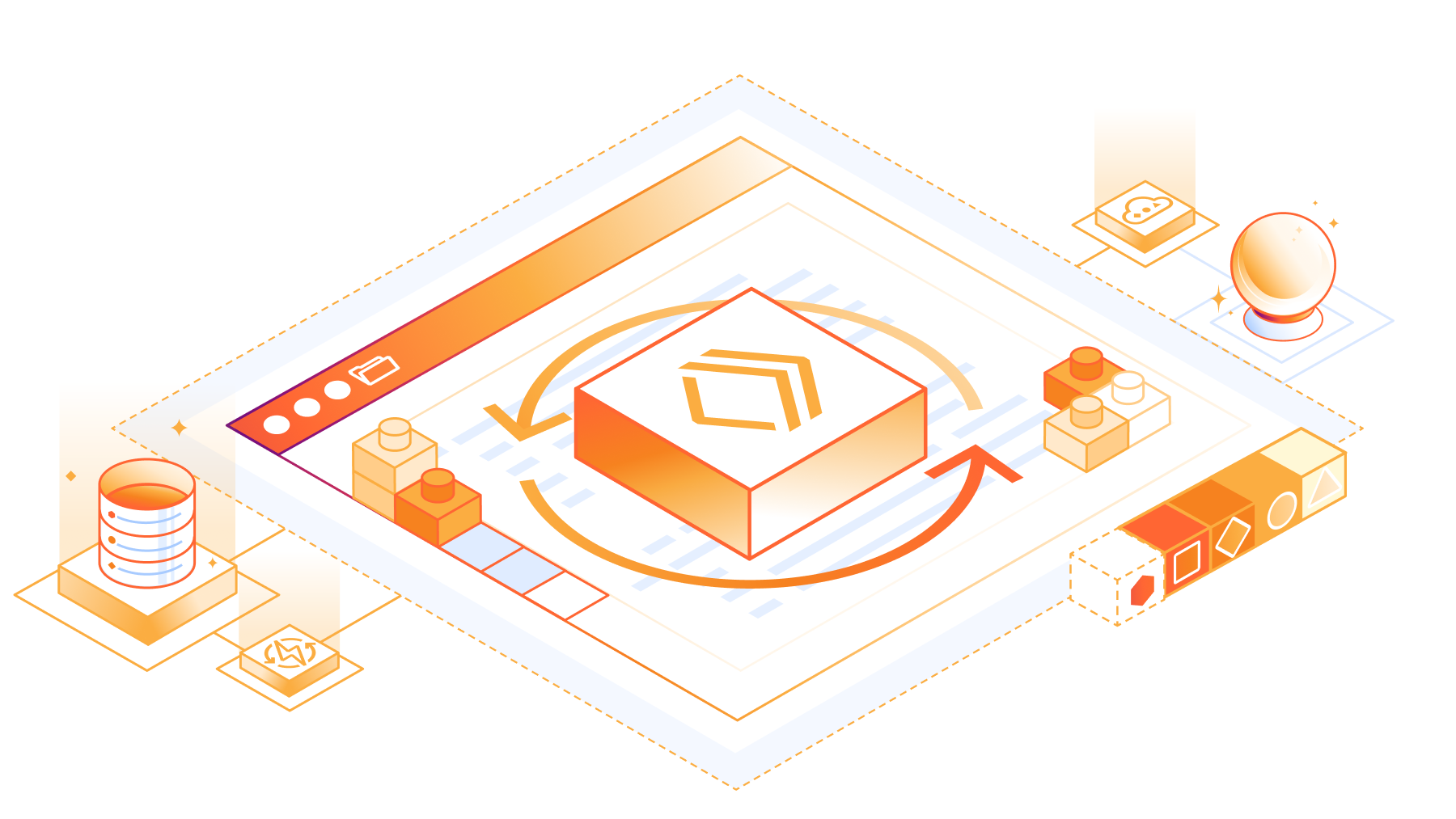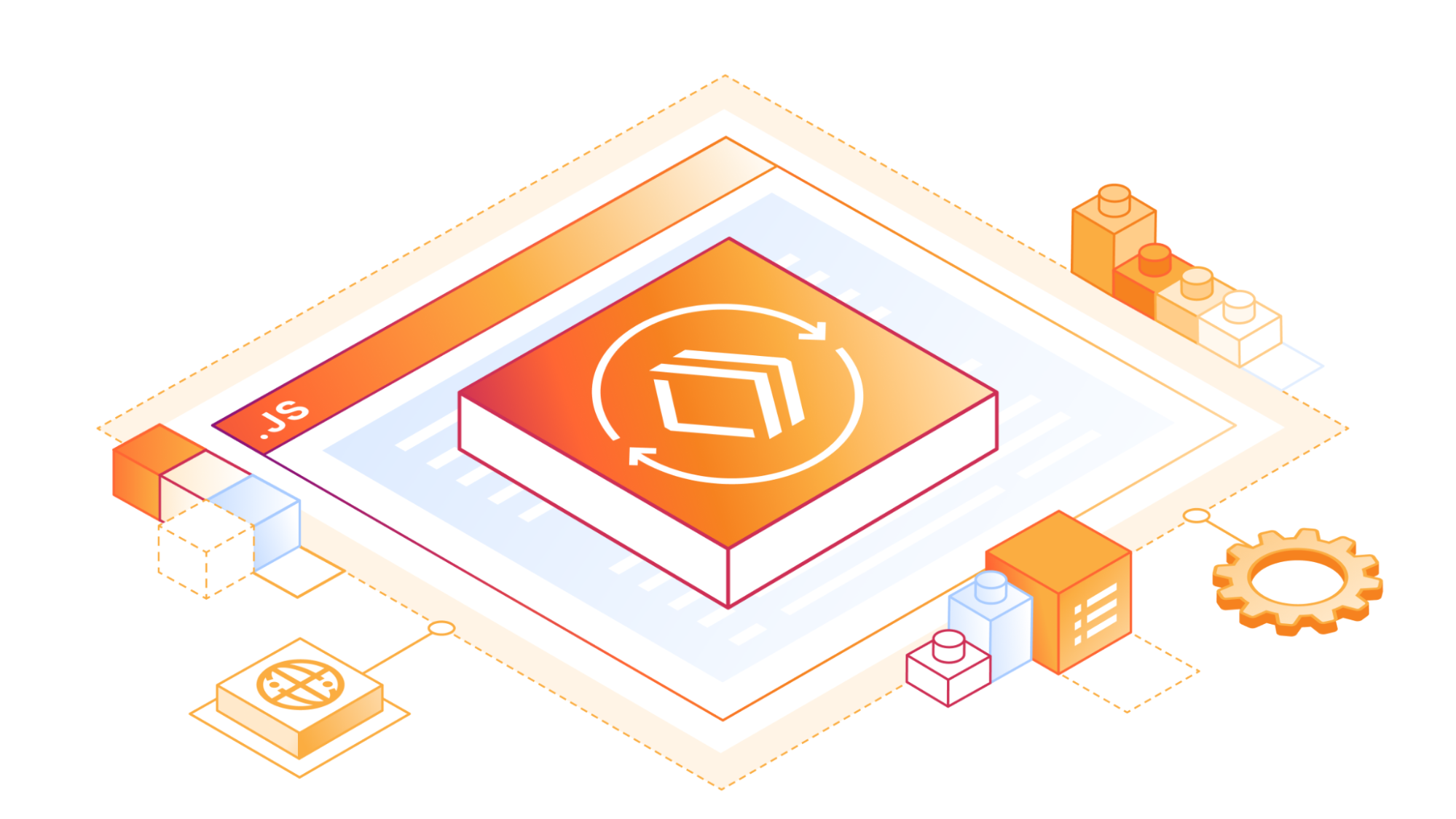VPP with loopback-only OSPFv3 – Part 1
Introduction
A few weeks ago I took a good look at the [Babel] protocol. I found a set of features there that I really appreciated. The first was a latency aware routing protocol - this is useful for mesh (wireless) networks but it is also a good fit for IPng’s usecase, notably because it makes use of carrier ethernet which, if any link in the underlying MPLS network fails, will automatically re-route but sometimes with much higher latency. In these cases, Babel can reconverge on its own to a topology that has the lowest end to end latency.
But a second really cool find, is that Babel can use IPv6 nexthops for IPv4 destinations - which is super useful because it will allow me to retire all of the IPv4 /31 point to point networks between my routers. AS8298 has about half of a /24 tied up in these otherwise pointless (pun intended) transit networks.
In the same week, my buddy Benoit asked a question about OSPFv3 on the Bird users mailinglist [ref] which may or may not have been because I had been messing around with Babel using only IPv4 loopback interfaces. And just a Continue reading







